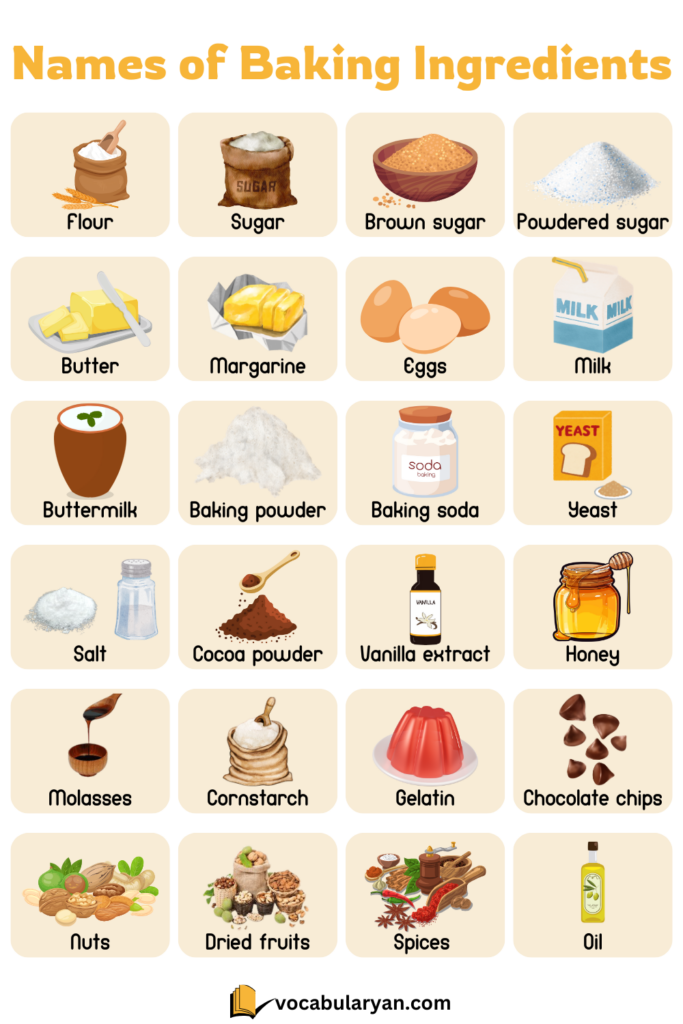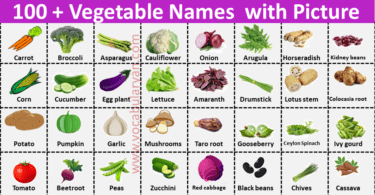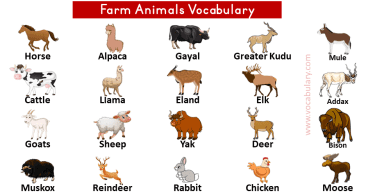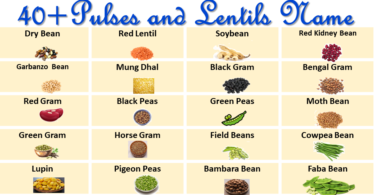Learning the names of baking ingredients is essential for following recipes and understanding baking processes clearly. Common ingredients include flour, sugar, baking powder, and butter, which form the base of many baked goods. Additionally, terms like yeast, vanilla extract, eggs, salt, and cocoa powder are frequently used in various recipes. Knowing these baking ingredients helps beginners and experienced bakers alike measure, mix, and bake with confidence and accuracy in the kitchen.
Improve your English by learning more words with our Picture Vocabulary.
Categories of Baking Ingredients
Flour and Sweeteners
Flour
A fine powder made from ground grains, mainly wheat, used as the base ingredient for most baked goods.
Sugar
A sweet substance extracted from sugarcane or sugar beets, commonly used in baking to add sweetness.
Brown Sugar
A moist, soft sugar with a caramel-like flavor due to molasses content, used in cookies and cakes.
Powdered Sugar
A finely ground sugar mixed with cornstarch, often used for icings and dusting desserts.
Dairy and Fats
Butter
A dairy product made from churned cream, adding richness and flavor to baked goods.
Margarine
A butter substitute made from vegetable oils, often used for a softer texture.
Eggs
Essential for structure and binding in baking, providing moisture and stability.
Milk
A liquid dairy product that adds moisture and richness to cakes and pastries.
Buttermilk
A tangy, fermented milk that enhances the tenderness of baked goods.
Heavy Cream
A thick dairy product with high-fat content, used for whipping and enriching desserts.
Leavening Agents
Baking Powder
A chemical leavening agent that helps dough rise by releasing carbon dioxide.
Baking Soda
An alkaline ingredient that reacts with acids to create air pockets in baked goods.
Yeast
A living organism used to ferment dough, making bread and pastries rise.
Flavoring and Texture Enhancers
Salt
Enhances the flavor of baked goods and balances sweetness.
Cocoa Powder
A dry powder made from ground cocoa beans, used in chocolate-flavored desserts.
Vanilla Extract
A liquid flavoring made from vanilla beans, widely used in cakes and cookies.
Honey
A natural sweetener made by bees, often used in baking for a distinct flavor.
Molasses
A thick, dark syrup produced during sugar refining, adding depth to baked goods.
Binding and Thickening Agents
Cornstarch
A fine, white powder used as a thickener for sauces, puddings, and fillings.
Gelatin
A protein-based thickener used in jellies, marshmallows, and certain desserts.
Add-ins for Extra Flavor and Texture
Chocolate Chips
Small chunks of chocolate used in cookies, muffins, and cakes.
Nuts
Various types like almonds, walnuts, and pecans, adding crunch and flavor.
Dried Fruits
Dehydrated fruits such as raisins, cranberries, and apricots, used in bread and cakes.
Spices
Aromatic seasonings like cinnamon, nutmeg, and ginger that enhance the flavor of baked goods.
Oil
A liquid fat, like vegetable or olive oil, used to keep baked goods moist and tender.

Interesting Facts About Baking Ingredients
- Flour has been used for baking for over 8,000 years, originating from ancient civilizations.
- Yeast is a living organism that has been used for fermentation since 3000 BC.
- Cocoa powder comes from fermented and roasted cacao beans, which were once considered a form of currency.
- Honey never spoils! Archaeologists have found edible honey in ancient Egyptian tombs.
- Brown sugar retains more moisture than white sugar, making baked goods softer and chewier.
FAQs
1. What is the most commonly used ingredient in baking?
Flour is the most commonly used ingredient in baking as it provides the structure and texture for baked goods.
2. What is the difference between baking soda and baking powder?
Baking soda requires an acidic ingredient to activate, while baking powder already contains acid and can be used alone.
3. Why is butter preferred over margarine in baking?
Butter has a richer flavor and a more natural texture, whereas margarine contains more water and can affect the consistency of baked goods.





Leave a Comment